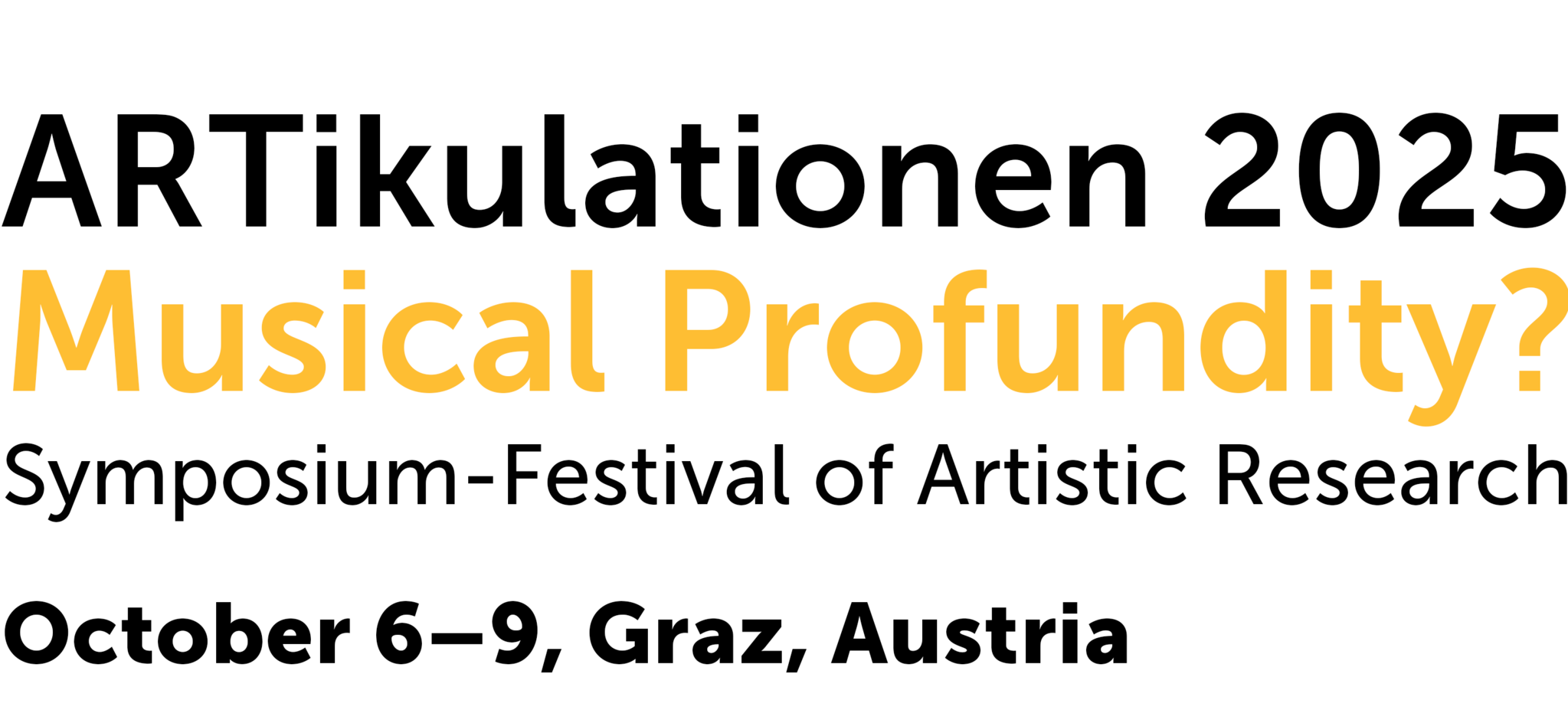Deep bodily coordination in a dance improvisation “game”
In this talk I will provide insight into how a group of dance improvisation performers interact socially when they are in “performance mode”. To this end, five expert performers and five non-performers, joined by Portuguese contemporary choreographer João Fiadeiro, were filmed separately during a contemporary dance exercise, making use of objects, palying the “Real-Time Composition Game“ (Composição em Tempo Real, or CTR).
The study was dedicated to analysing multimodal behavioural and interactional data, where the methodology was based on a video frame-by-frame microanalysis focusing on all body movements, including gaze shifts, as well as the formal and functional movement units produced in the head–face, upper-, and lower-body regions.
Focusing on what information performers “give” and “give off” to each other, results show that the group of expert performers collaborated not only without making use of verbal language and without gaze exchanges, but without producing any communication-focused gestures at all, as opposite to what the non-performers did.
We concluded that expert performers, when in “performance mode”, have embodied other social cognitive strategies and skills (e.g., endogenous orienting, gaze avoidance, greater motor control) that the non-performers do not have available. Expert performers avoid using intentional communication, relying on information to be inferentially communicated in order to coordinate collaboratively, with silence and stillness being construed as meaningful. This interaction shapes a shared space-time, leading to group cohesion and the emergence of collective spatial-temporal awareness.
According to Susi & Ziemke (2001), collective behaviour is often characterised by the so-called ‘coordination paradox’: individual ants, while not appearing to cooperate or communicate explicitly, are collaborating implicitly at the social level, where their cooperative behaviour apparently emerges without any central coordination. Such emergent coordination had been previously explained, in the case of social insects, by the theory of stigmergy (Grassé 1959), which Fiadeiro refers to: in brief, this theory describes how individuals can affect the behaviour of others and their own through artefacts that are product of their activity. The fact that artefacts play a strong role in human collective behaviour has also been emphasised, for example, by proponents of distributed cognition.
The composition in real time Game can be seen as an example of kinaesthetic tuning or a stigmergic type of human group behaviour: the expert participants develop a high level of coordinated behaviour in order to create a ‘common ground’ and to build on the emergent event, in other words, to build a deeply harmonised “concert in silence” (cf. Sheets-Johnstone 2017). In the total absence of verbal or gaze exchanges, what could be seen as lack of communication proved to be the opposite: each action taken by those individuals worked as traces that affected the next player, as if in a continuum of generative actions in a constantly deep search for attunement.
Carla Montez Fernandes
https://blackbox.fcsh.unl.pt/home.html
Principal Investigator at FCSH - Universidade NOVA de Lisboa.
Director of the Lab “BlackBox Arts & Cognition” at FCSH-UNL.
Coordinator of ICNOVA’s Research Group on Performance & Cognition.
Awarded a European Research Council Grant to create a new research team and LAB around the topics of her interdisciplinary project "BlackBox - A collaborative platform to document performance composition”.
Trained as a cognitive linguist, her current research focus is in the intersection of Performing Arts and Cognitive Science, Multimodal Communication, Intangible Cultural Heritage and Performance Studies (from cognitive and ethnographic perspectives). Particular interests include human non-verbal behaviour in creativity settings, the power of performing arts in communities and society in general, and the creation of digital “archives of processes” as alternative ways to document more ephemeral art forms.
She supervises PhD and MA theses at NOVA and other national and international universities, and is author of book chapters and numerous papers in international journals and conferences in the fields of Multimodal Communication, Human Behaviour in creativity settings, Performing arts documentation, and preservation of Intangible Heritage via new media.
The BlackBox Lab has been established at NOVA University Lisbon as a natural sequence of the BlackBox project, funded by the ERC, and which I have led between 2014 and 2020. This project has aimed at developing hybrid models to show “the invisible behind the curtains” through a web-based platform dedicated to the digital visualization and documentation of compositional processes by performing artists with a focus on contemporary dance and theatre. The current platform includes distinct representations of the implicit knowledge in performing practices of three invited choreographers, while applying novel visualization technologies to support them. As an Arts&Cognition Lab, the BlackBox team aims at the analysis of our invited artists’ signature conceptual structures, by crossing the empirical insights of those contemporary creators with research theories from Multimodal Communication (Human Interaction, Gesture Studies, Cognitive Science), Performance Studies and Computer Vision.
